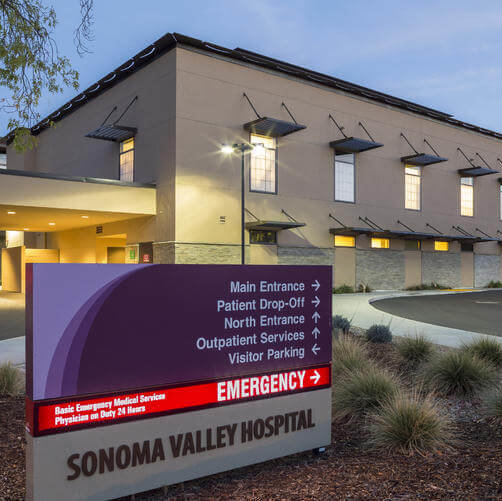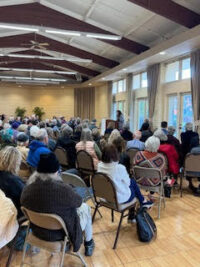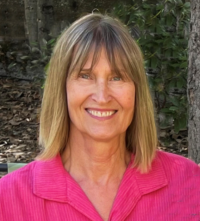Sonoma Valley Hospital is highlighting Project Pink, its year-round initiative providing no-cost mammogram screenings for uninsured and underinsured women aged 40 and older. This program is about insuring that essential health services are accessible to all women in the community.
Who Qualifies? Women 40+ who live or work in Sonoma Valley and haven’t had a mammogram in the last year due to financial barriers (uninsured or underinsured).
Where? Sonoma Valley Hospital Mammography Department, 347 Andrieux Street, Sonoma, CA.
When? Available year-round.
How? The hospital uses its 3D Mammography System for enhanced accuracy in screenings.
Cost? Free for qualifying women.
Call 707-935-5215 for more information or to schedule an appointment and be sure to mention Project Pink.
You can support Project Pink through the Sonoma Valley Hospital Foundation.
Mammography Department Q&A
Sonoma Valley Hospital’s Mammography Department answers some of the most common questions about breast health and mammography screenings.
Q: What is the difference between 2D and 3D mammography?
A: 2D mammograms offer a two-dimensional image of the breast. 3D mammograms, also known as tomosynthesis, provide a more detailed view by taking multiple low-dose X-ray images from different angles. This allows the radiologist to see breast tissue in thin slices, like flipping through the pages of a book, which improves the detection of abnormalities, especially in women with dense breast tissue. Sonoma Valley Hospital uses technology that captures both 2D and 3D images, ensuring better accuracy with very low radiation exposure.
Q: At what age should women begin regular mammogram screenings?
A: For women at average risk of breast cancer, annual screening mammograms are recommended starting at age 40. However, women at high risk, including those with a family history of breast cancer or genetic mutations, may need to begin screening earlier, sometimes as early as age 30, depending on their individual risk factors. SVH recommend consulting your physician to determine the best time to begin screenings.
Q: How often should screenings be done?
A: Annual mammograms are recommended for women beginning at age 40. For women at higher risk, additional screenings such as MRIs or ultrasounds may be recommended alongside yearly mammograms.
Q: How does early detection through mammography save lives?
A: Studies show that regular mammogram screenings can reduce breast cancer mortality by 15-20% in women aged 40–69. Early detection often leads to more treatment options and better outcomes, which is why staying consistent with screening is so important.
Meet the Sonoma Valley Hospital Mammography Team
The Mammography Department at Sonoma Valley Hospital is staffed by two nationally accredited Mammography Technologists with a combined 39 years of experience. They are supported by a dedicated mammography scheduler who has been with SVH for 12 years, ensuring smooth scheduling and compassionate care throughout the process.
SVH is also partnered with radiologists from California Advanced Imaging Medical Associates (CAIMA) who specialize in breast imaging. Together, the experienced team uses state-of-the-art technology to provide accurate, reliable breast imaging services for the early detection of breast cancer and other breast conditions.








Be First to Comment